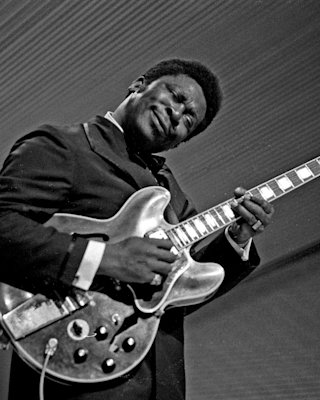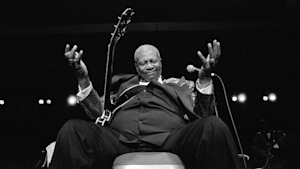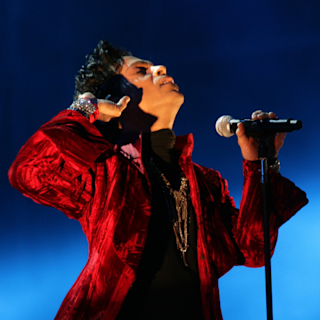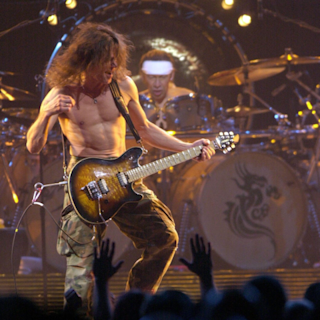
Heinrich Klaffs, CC BY-SA 2.0 <https://creativecommons.org/licenses/by-sa/2.0>, via Wikimedia Commons
The King of Blues spent 70 years performing his unique take on the blues with his trusty guitar Lucille by his side. We explore the history of B.B. King and the playing styles that he left behind.
'B.B King would average 200 concerts per year well into his 70s.'
History
Riley B. King (AKA B.B. King) is arguably one of the most prolific guitar players of all time. His unique playing style and huge contribution to music saw him crowned ‘The King of the Blues’ in his time. Known for his unique soloing techniques he became a legend in the guitar community and his influences can be seen far and wide in modern music.
Born in 1925, B.B. King was surrounded by music from a young age. While singing in a gospel choir the local minister taught King his first three chords, purchasing his first guitar at 12 years old for 15 dollars. In the early 1940’s King began performing on radio programs and steadily built a following. Whilst working as a singer and disc jockey he was given the nickname ‘Beale Street Blues Boy’ which was later shortened to ‘Blues Boy’ and finally the popular ‘B.B.’

Nick Ayliffe / Alamy Stock Photo
Relentlessly performing through his life until 2014, B.B King would average 200 concerts per year into his 70s, and consistently released chart-topping singles and put on inspirational concerts. This found him inducted into the Hollywood Hall of Fame in 2008.
'He would always use his notes sparingly.'
Playing style
Famously known for his expressive playing, King would go for quality over quantity, a style that gained the term ‘The Blues Box’ or the ‘B.B. Box’ where you take a shape of the minor pentatonic further down the neck and focus primarily on 4/5 notes. The key to this is phrasing. King’s phrasing was what separated his licks from the rest and he would always use his notes sparingly.
Note variations
B.B. King was known for his variations outside the traditional minor pentatonic scale. Adding in major 3rd notes to minor keys and scales, he would also use microtonal bending (where a note is bent less than a semi-tone) and play faint notes. If you listen carefully, you’ll hear slight hammer-ons, bends and slides that are very quiet but add tons of expression and character.
Bends and vibrato
The foundation of King’s playing sits on his bend and vibrato technique. Very frequently B.B. King would shake a note, bending it slightly up and down to create a vibrato effect. He would often say that his guitar (named Lucille) would often sing for him and this is all down to his vibrato combined with call-and-response playing.
More in this series
All

